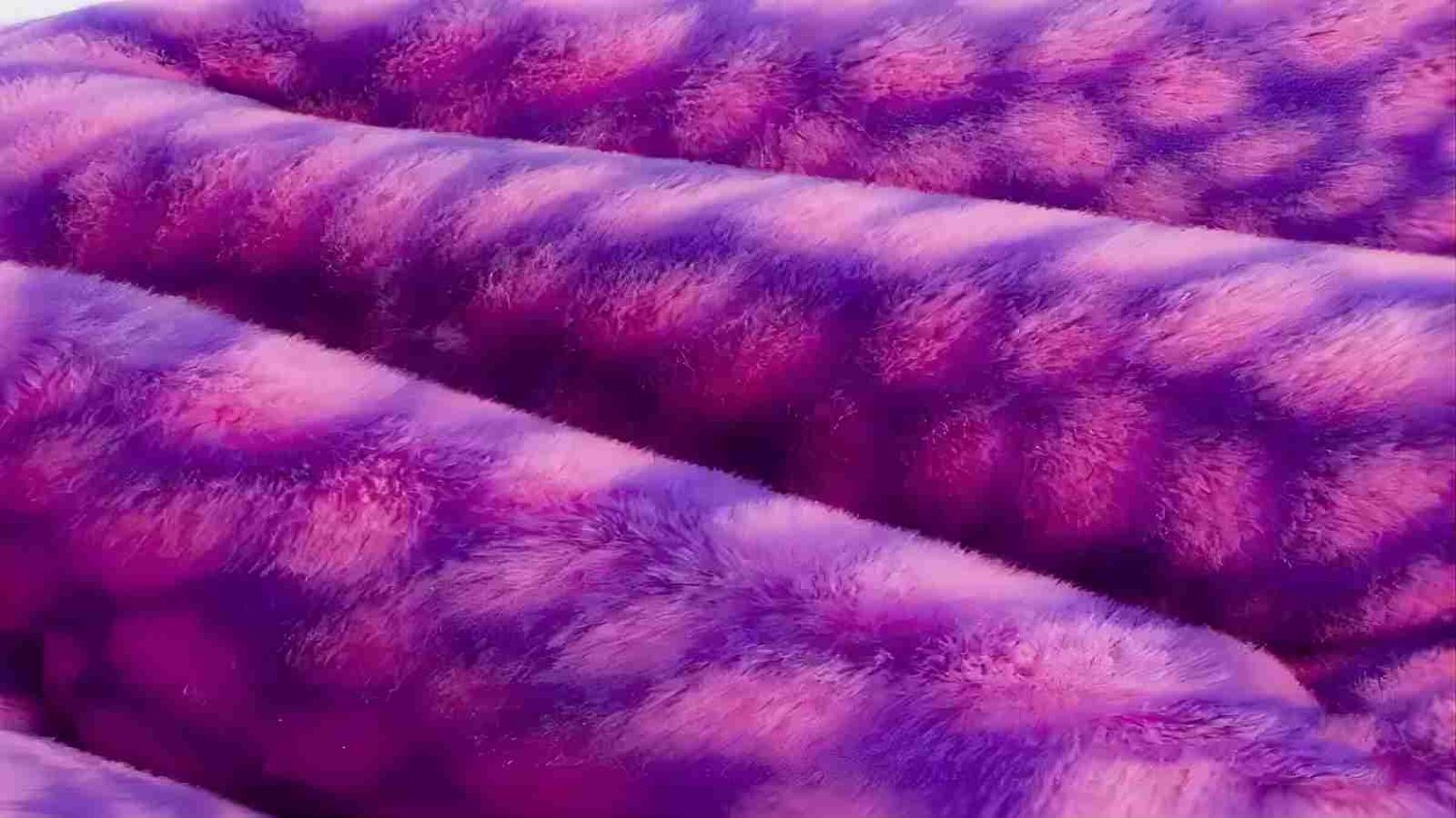Table of Contents

Understanding the Distinction Between Minky and Cuddle Fabric
Minky and cuddle fabric are both popular choices for making soft and cozy items such as blankets, stuffed animals, and baby accessories. While they may seem similar at first glance, there are some key differences between the two. In this article, we will explore the variations in texture, composition, durability, and uses of minky and cuddle fabric.
The Texture of Minky Fabric
Minky fabric is known for its ultra-soft texture and luxurious feel. It is made from a synthetic material called polyester, which gives it a plush and velvety surface. Minky fabric has a high pile, meaning that the fibers are longer and create a fluffy and cuddly appearance. This fabric is often used to make blankets and baby accessories due to its incredible softness.
The Texture of Cuddle Fabric
On the other hand, cuddle fabric is also incredibly soft but has a slightly different texture compared to minky fabric. Cuddle fabric, also made from polyester, has a shorter pile and a smoother surface. It is often described as having a milder texture, making it suitable for both cuddly items and garments like robes and pajamas. The shorter pile of cuddle fabric also provides a more uniform look.
Composition and Durability
Both minky and cuddle fabric are made from 100% polyester, which makes them durable and long-lasting. Polyester is known for its resistance to shrinkage, stretching, and wrinkling, making it an excellent choice for items that require frequent washing. These fabrics are also hypoallergenic and resistant to mildew, making them safe for individuals with allergies.
Uses of Minky Fabric
Minky fabric is particularly popular for making baby blankets, diaper changing mats, and stuffed animals. Its softness and hypoallergenic properties make it ideal for newborns and young children. Additionally, minky fabric can be used to make home decor items such as pillows, throws, and curtains, adding a touch of luxury to any living space.
Uses of Cuddle Fabric
Cuddle fabric is versatile and can be used for a wide range of projects. Its softer texture makes it suitable for creating garments like robes, pajamas, and loungewear. Cuddle fabric is also commonly used for making blankets, quilts, and pet beds, providing a cozy and comfortable experience for both humans and animals alike.
Color and Pattern Options
Both minky and cuddle fabric come in a vast array of colors, patterns, and designs. Whether you prefer solid colors, floral prints, or whimsical patterns, you can find a wide selection of options in both fabric types. This variety allows you to choose the perfect fabric to match your project or personal style.
Care and Maintenance
When it comes to caring for minky and cuddle fabric, it is important to follow specific guidelines to preserve their softness and quality. Both fabrics can be machine washed and dried on a low heat setting. It is recommended to avoid using fabric softeners, bleach, and high heat, as these can damage the fibers and affect the texture of the fabric.
Cost Considerations
Minky fabric tends to be slightly more expensive than cuddle fabric due to its higher pile and luxurious feel. However, both options are relatively affordable and offer excellent value for money considering their durability and versatility. The cost may vary depending on the brand, quality, and quantity of fabric purchased.
Conclusion
In summary, while minky and cuddle fabric share similarities in terms of softness and composition, they differ in texture, pile length, and specific uses. Minky fabric is known for its ultra-soft and plush feel, making it perfect for baby items and home decor. Cuddle fabric, with its slightly smoother texture, is versatile and suitable for garments, blankets, and pet accessories. Whether you choose minky or cuddle fabric, both options offer a cozy and luxurious experience that will delight both children and adults.
